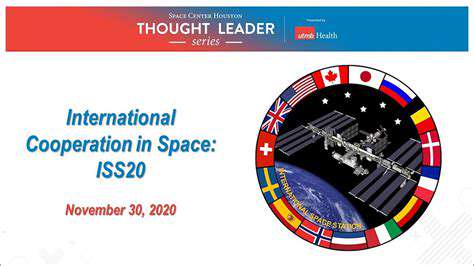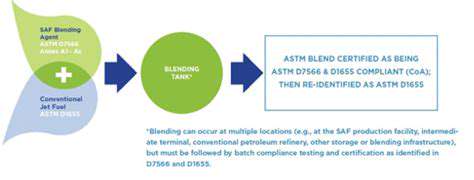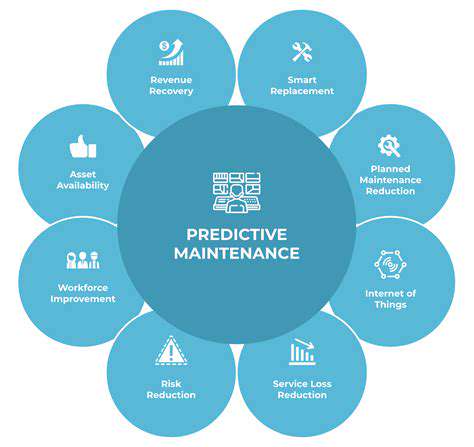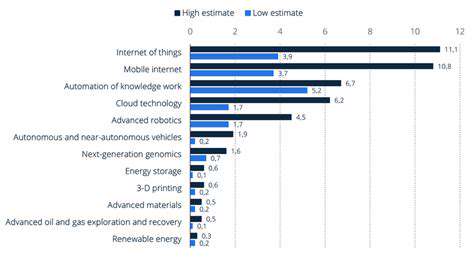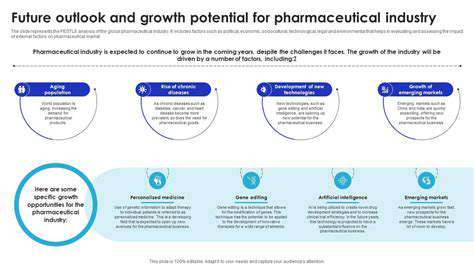Early Attempts at Supersonic Flight and the Sonic Boom
The quest for supersonic flight has a long and complex history, intertwined with the relentless pursuit of speed and the challenges of overcoming the sound barrier. Early attempts, driven by a desire to break the sound barrier, often yielded significant noise pollution. The sonic boom, a powerful and disruptive shockwave generated by an aircraft exceeding the speed of sound, wasn't initially understood as a major environmental concern. Instead, the focus was primarily on achieving the feat itself, showcasing technological prowess and pushing the boundaries of aeronautical engineering. This early disregard for the sonic boom's impact laid the groundwork for the environmental problems we face today with supersonic flight.
The initial designs and materials used in these early aircraft were insufficient to mitigate the sonic boom's intensity. The resulting noise was significant, creating disturbances in communities near flight paths. However, the lack of widespread environmental awareness and regulations meant that these issues were often overlooked or considered a necessary byproduct of progress. This historical context underscores the need for comprehensive considerations of environmental impact in modern supersonic flight development.
The Sonic Boom's Impact on Communities and the Environment
The sonic boom, a loud, sharp crack of sound, is more than just an annoyance; it can cause significant damage to structures, especially in densely populated areas. This disruptive sound can induce stress and anxiety in residents, leading to community unrest and potentially health issues. The environmental impact extends beyond noise pollution, with the potential for sonic booms to affect wildlife, disrupt ecosystems, and contribute to broader environmental degradation. Understanding the cumulative effect of these impacts is crucial in developing strategies for sustainable supersonic flight.
Furthermore, the sonic boom's intensity can vary considerably depending on factors like the aircraft's design, altitude, and flight path. This variability makes it difficult to predict and mitigate its impact precisely. The noise generated by sonic booms can also be incredibly disturbing, affecting the quality of life for residents living near flight paths. These factors underscore the need for careful planning and stringent regulations to minimize the sonic boom's impact.
Technological Advancements and Mitigation Strategies
While the pursuit of supersonic flight has been ongoing, recent advancements in materials science, aerodynamic design, and flight control systems offer potential solutions for mitigating the sonic boom's impact. Researchers are exploring ways to reduce the intensity of the shockwave through optimized aircraft shapes and advanced flight techniques. These innovative approaches aim to minimize the noise pollution associated with supersonic flight, making it potentially more environmentally friendly.
Moreover, ongoing research focuses on developing quieter engines and propulsion systems. This involves exploring alternative fuels, improving engine efficiency, and implementing noise reduction technologies to minimize the noise generated during flight. These advancements hold promise for creating quieter, more sustainable supersonic flight, paving the way for a future where speed and environmental responsibility can coexist.
The Future of Supersonic Flight: Balancing Speed and Sustainability
The future of supersonic flight hinges on finding a balance between the desire for high speeds and the imperative of environmental responsibility. The sonic boom problem demands innovative solutions, requiring a careful consideration of the environmental impact of supersonic flight, and the implementation of stringent noise reduction measures. This involves a shift from a purely technological focus to a more holistic approach that incorporates environmental considerations into the design and operation of supersonic aircraft.
Implementing strict regulations, promoting research into quieter technologies, and fostering international cooperation are crucial steps in ensuring that supersonic flight can be a reality without compromising environmental sustainability. Ultimately, the future of supersonic flight will be determined by our commitment to balancing speed with responsible environmental practices.
Noise Mitigation Technologies: Active and Passive Approaches
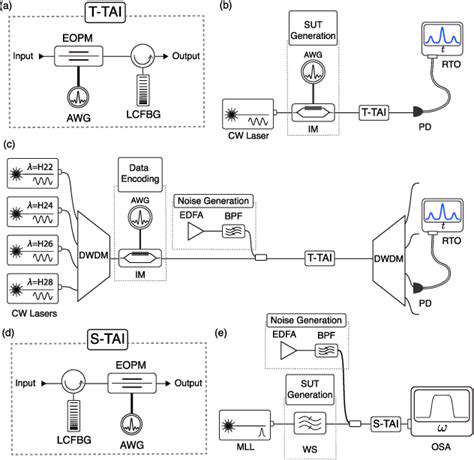
Noise Mitigation Technologies: Acoustic Solutions
Effective noise mitigation is crucial for creating peaceful and productive environments, whether in residential areas, industrial settings, or transportation hubs. Various technologies are employed to reduce noise pollution, ranging from passive barriers to active sound cancellation systems. Understanding these technologies is essential for implementing effective strategies to control noise levels and improve quality of life.
Acoustic design principles play a significant role in noise mitigation. Careful consideration of building materials, spatial arrangements, and architectural features can significantly reduce noise transmission and reverberation. Utilizing sound-absorbing materials in construction and strategically placed barriers can dramatically lower noise levels.
Passive Noise Barriers
Passive noise barriers are physical structures designed to block or absorb sound waves. These can include sound walls, fences, or berms. Their effectiveness depends largely on their design, material composition, and placement relative to the noise source. The thicker and denser the barrier, the more effective it is at reducing sound transmission. Properly engineered barriers can significantly diminish noise levels, creating quieter zones in surrounding areas.
Different materials offer varying degrees of sound absorption. For example, heavy concrete barriers are generally more effective than lightweight wooden fences. Careful consideration of the specific noise source and desired reduction levels is crucial when selecting the appropriate barrier design.
Active Noise Control
Active noise control systems utilize microphones to detect the unwanted noise and then generate an opposing sound wave that cancels it out. These systems are often used in industrial settings, such as factories or power plants, to reduce the impact of machinery noise on workers and the surrounding community. This technology is particularly valuable in scenarios demanding precise control over noise levels.
Sophisticated algorithms and advanced sensor networks are employed in active noise control systems to precisely match the generated counter-sound to the incoming noise. This ensures optimal noise cancellation and minimizes any residual sound.
Acoustic Treatments
Acoustic treatments are designed to absorb or diffuse sound waves within a space. This approach is commonly used in concert halls, recording studios, and other environments where sound quality is critical. Careful selection and placement of acoustic panels, baffles, and other treatments can minimize echoes and reverberations, resulting in a clearer and more focused sound experience.
Different materials, such as porous fabrics, fibrous minerals, and specialized foams, are used for acoustic treatments. The specific type and density of the material are chosen based on the desired sound absorption characteristics and the specific acoustic needs of the space.
Soundproofing Materials
A variety of soundproofing materials are available for use in walls, floors, and ceilings. These materials can range from simple sound blankets to complex multi-layered systems. The effectiveness of soundproofing materials depends on their density, thickness, and acoustic properties. Soundproofing materials effectively reduce the transmission of sound through structures.
Implementing soundproofing in buildings, homes, or other structures significantly reduces the impact of noise from the outside and between different rooms. Proper application and selection of soundproofing materials are essential for achieving optimal results.
Noise Monitoring and Measurement
Accurate noise measurement and monitoring are critical for assessing the effectiveness of noise mitigation strategies. Specialized equipment, such as sound level meters and noise dosimeters, is used to quantify noise levels in various environments. These measurements provide valuable data for evaluating the impact of noise pollution and for developing targeted mitigation solutions.
Analysis of noise data helps determine the source, intensity, and impact of noise. This information is invaluable for implementing appropriate noise control measures and evaluating the effectiveness of existing strategies. Understanding these factors is key to creating quieter and more peaceful environments.
The Path Forward: Balancing Speed, Sound, and Sustainability
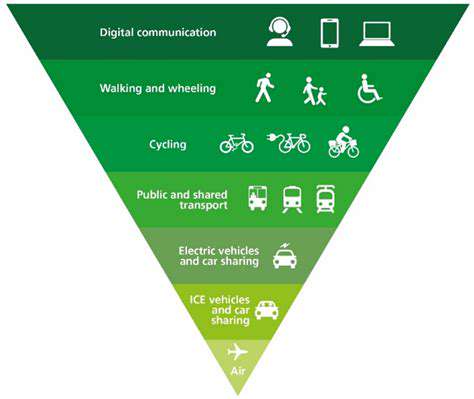
Embracing Agile Methodologies
Agile methodologies are crucial for navigating the complexities of modern software development. They emphasize iterative development, continuous feedback, and close collaboration among teams. This approach fosters adaptability and responsiveness to changing requirements, which is essential for maintaining a fast-paced development cycle while delivering high-quality products. Agile methodologies help teams quickly adapt to emerging market demands and competitive pressures.
By prioritizing flexibility and responsiveness, agile teams can effectively balance speed and quality. This iterative approach allows for adjustments based on real-time feedback, which ultimately contributes to a more robust and user-friendly final product. Agile methodologies are not just about speed; they are about achieving a sustainable pace of development while ensuring product quality and user satisfaction.
Investing in Cutting-Edge Technology
Staying ahead of the curve necessitates a commitment to cutting-edge technologies. This includes not only the latest programming languages and frameworks but also the adoption of innovative tools and platforms that streamline workflows and enhance collaboration. Investing in these technologies allows developers to build more efficient and scalable applications, ultimately accelerating the development process and enabling quicker delivery to market.
Embracing cloud computing, containerization, and other modern technologies can significantly improve development efficiency. These advancements allow teams to deploy applications more rapidly and reliably, facilitating faster iterations and quicker feedback loops. The adoption of these tools not only enhances speed but also bolsters the overall resilience and scalability of the final product.
Prioritizing a Robust Testing Strategy
A robust testing strategy is paramount for ensuring the quality and reliability of software products. Thorough testing throughout the development lifecycle, including unit testing, integration testing, and user acceptance testing, can mitigate potential bugs and vulnerabilities. This proactive approach to quality control helps avoid costly issues later in the product lifecycle.
Implementing automated testing tools and processes can significantly reduce testing time and improve accuracy. Thorough testing is not just about catching bugs; it's about building confidence in the product's stability and performance. By establishing a strong testing culture, development teams can achieve a balance between speed and quality, releasing high-performing applications that meet user expectations.
Cultivating a Culture of Continuous Learning
A culture of continuous learning and improvement is indispensable for long-term success. This requires fostering a learning environment where team members are encouraged to acquire new skills, explore emerging technologies, and share their knowledge with colleagues. This proactive approach ensures that the team remains current with the latest advancements and techniques.
Investing in training and development programs, promoting knowledge sharing, and encouraging experimentation are key components of a culture that prioritizes continuous improvement. By prioritizing knowledge and skill enhancement, developers can maintain high levels of expertise and contribute to the company's ability to maintain a fast-paced and high-quality development process. Continuous learning fosters adaptability, enabling the team to respond effectively to market changes and emerging technologies.
